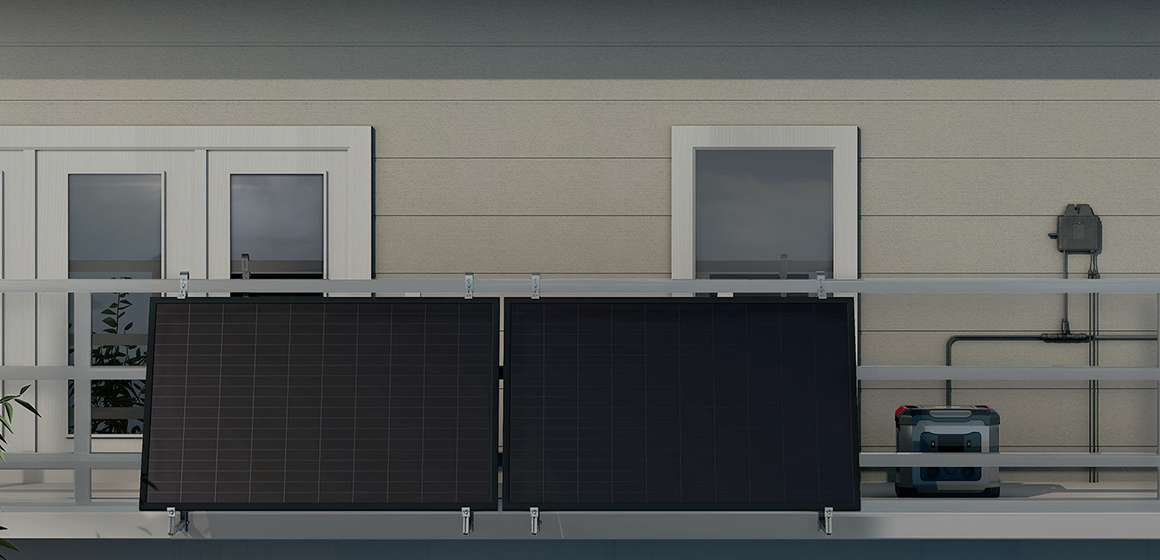Unlock the Secret: How Solar Power Manufacturing Can Revolutionize Your Business!
In today's rapidly evolving business landscape, the shift towards sustainability is more than just a trend; it’s a necessity. Solar power manufacturing stands at the forefront of this transformation, offering businesses a pathway to not only reduce their carbon footprint but to enhance their bottom line as well. With global concerns over climate change and rising energy costs, embracing solar energy has become crucial for companies looking to innovate and thrive. This article delves into the various facets of solar power manufacturing, highlighting its benefits, the technologies involved, and the trends shaping the future of the industry.

Understanding Solar Power Manufacturing
Solar power manufacturing refers to the processes involved in creating solar panels and other technologies that harness sunlight to generate electricity. At its core, this involves the production of photovoltaic (PV) cells, which convert sunlight directly into electrical energy. The manufacturing process typically includes several key steps: the extraction of raw materials like silicon, the creation of silicon wafers, the assembly of these wafers into solar cells, and finally, the integration of these cells into solar panels. Other components, such as solar inverters and mounting systems, are also essential for a complete solar power solution. Understanding these components is vital for businesses considering solar energy, as the efficiency and effectiveness of their systems depend on the quality of these manufactured products.
Benefits of Solar Power for Businesses
The benefits of solar power for businesses are vast and multifaceted. One of the most significant advantages is cost savings. By investing in solar energy, companies can drastically reduce their electricity bills, leading to substantial savings over time. Additionally, solar power provides energy independence, allowing businesses to generate their own power and become less reliant on fluctuating utility rates. Beyond financial advantages, adopting solar energy enhances a company’s environmental credentials. As consumers become more conscious of sustainability, businesses that prioritize eco-friendly practices can strengthen their brand reputation and foster customer loyalty. A friend of mine, who runs a small manufacturing company, switched to solar power last year and not only saw a 30% reduction in energy costs but also received positive feedback from customers who appreciated the company's commitment to sustainability.
Technologies Behind Solar Power Manufacturing
The technologies involved in solar power manufacturing are continually evolving, leading to higher efficiency and lower costs. Photovoltaic cells, which are the heart of solar panels, have seen significant advancements, with newer models capable of converting a larger percentage of sunlight into electricity. Solar inverters, which convert the direct current (DC) generated by solar panels into alternating current (AC) for use in homes and businesses, have also improved in efficiency and reliability. Battery storage systems are becoming increasingly important, enabling businesses to store excess energy generated during the day for use during nighttime or cloudy periods. These advancements not only enhance the performance of solar systems but also contribute to making solar power a more viable option for businesses across different industries.
Industry Trends Shaping the Future of Solar Power
Several key trends are shaping the solar power industry, making it an exciting time for businesses to consider solar energy. Government incentives, such as tax credits and rebates for solar installations, have spurred growth in the sector, making it more accessible for companies of all sizes. Additionally, there is a growing shift towards renewable energy sources as businesses and consumers alike prioritize sustainability. The demand for sustainable solutions is not just a passing trend; it’s a fundamental shift in consumer behavior that businesses must recognize. My friend's experience with solar power has shown that being an early adopter of these technologies can provide a competitive edge in the market, as more customers seek out environmentally responsible companies.
Integrating Solar Power into Business Strategy
In summary, solar power manufacturing presents a transformative opportunity for businesses seeking to innovate and lead in sustainability. From understanding the manufacturing processes to recognizing the numerous benefits, such as cost savings and enhanced brand reputation, the case for solar energy is compelling. As technology continues to advance and industry trends favor renewable energy, now is the time to explore how solar power can be integrated into your business operations. Embracing solar energy not only positions your company as a forward-thinking leader but also contributes positively to the environment and society at large.








